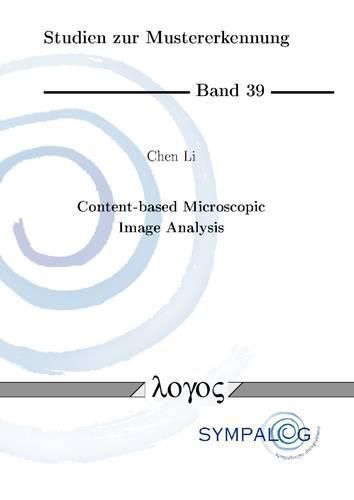In this dissertation, novel Content-based Microscopic Image Analysis (CBMIA) methods, including Weakly Supervised Learning (WSL), are proposed to aid biological studies. In a CBMIA task, noisy image, image rotation, and object recognition problems need to be addressed. To this end, the first approach is a general supervised learning method, which consists of image segmentation, shape feature extraction, classification, and feature fusion, leading to a semi-automatic approach. In contrast, the second approach is a WSL method, which contains Sparse Coding (SC) feature extraction, classification, and feature fusion, leading to a full-automatic approach. In this WSL approach, the problems of noisy image and object recognition are jointly resolved by a region-based classifier, and the image rotation problem is figured out through SC features. To demonstrate the usefulness and potential of the proposed methods, experiments are implemented on different practical biological tasks, including environmental microorganism classification, stem cell analysis, and insect tracking.





